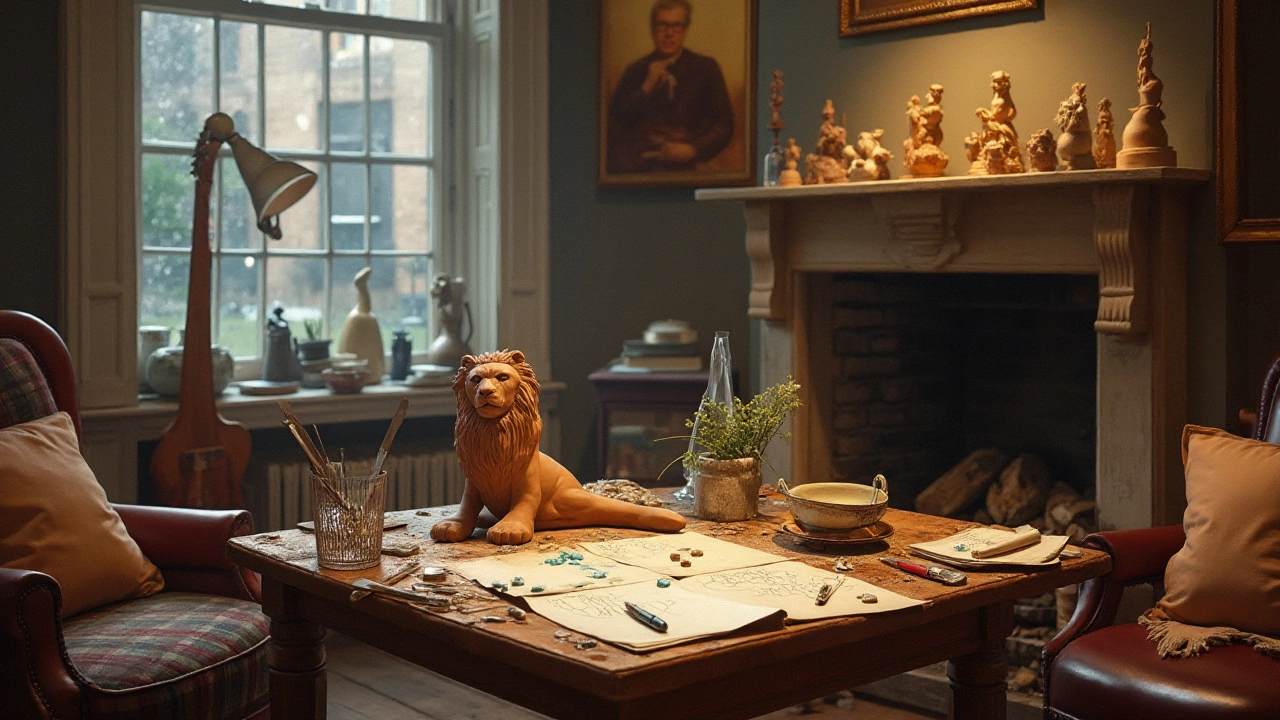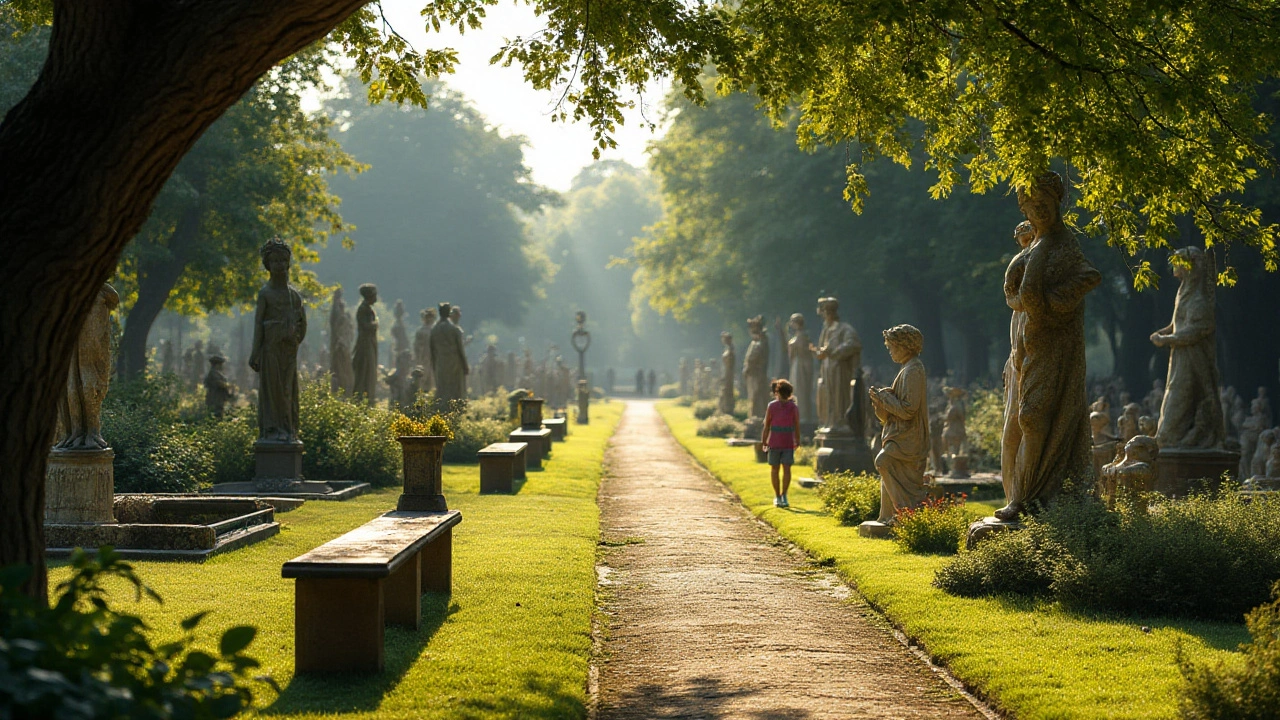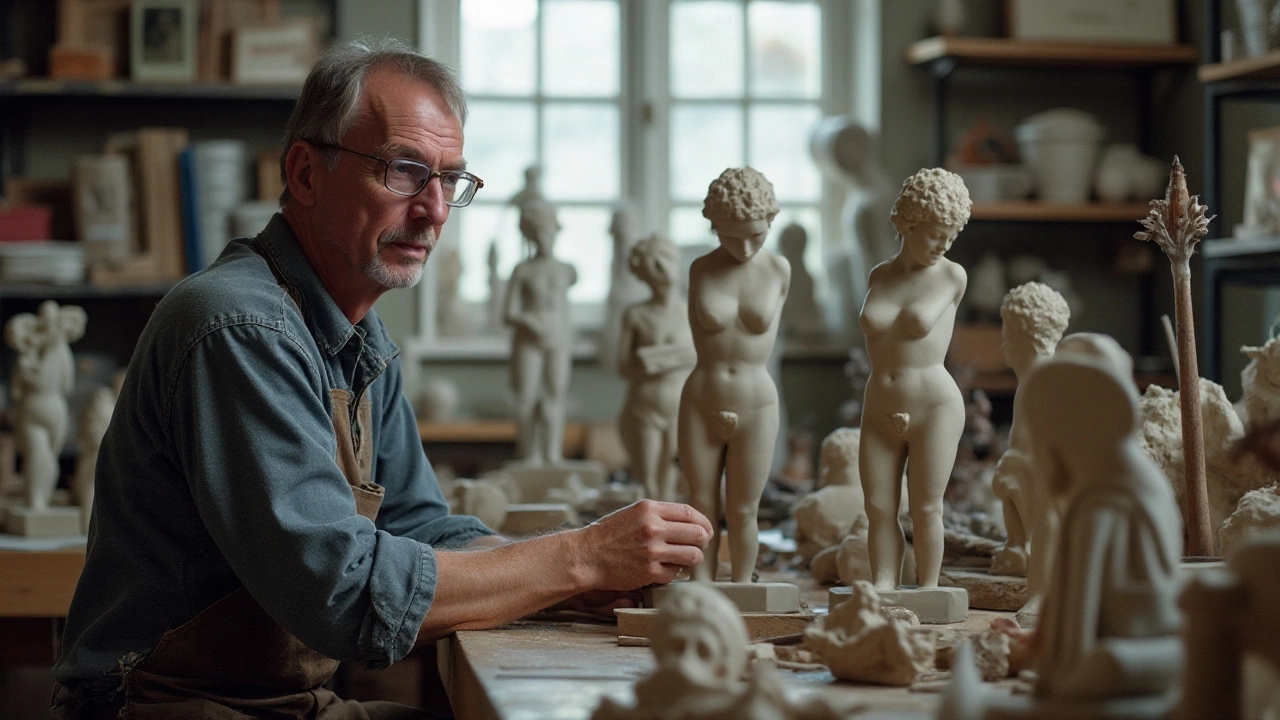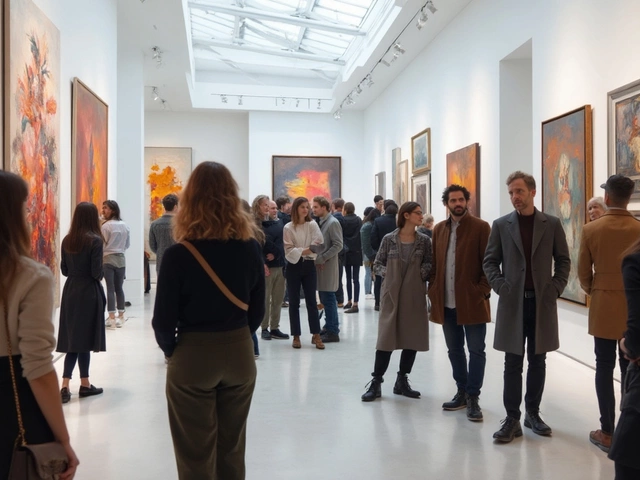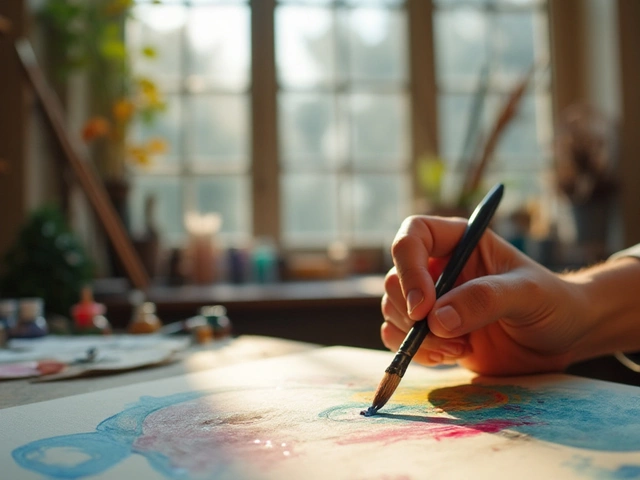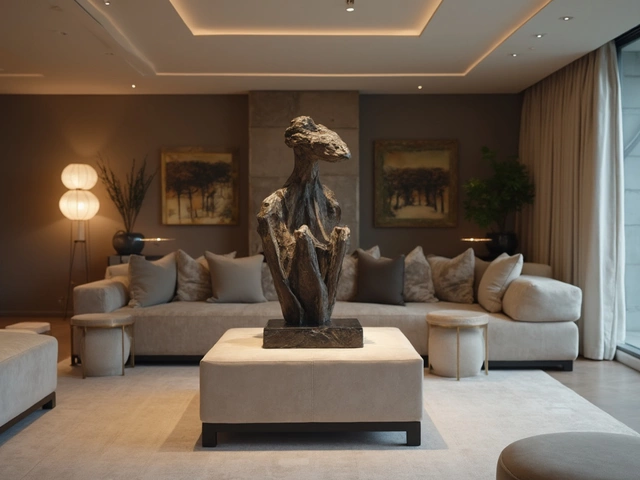Category: Sculpture - Page 2
Easy Techniques for Making Sculptures at Home
Creating sculptures at home can be a fulfilling hobby that allows for personal expression and creativity. With the right materials and techniques, anyone can transform a simple idea into a stunning work of art. This guide outlines the basic steps and tools needed to start crafting sculptures from the comfort of your own home. From selecting the right materials to refining your techniques, learn how to embark on your artistic journey today.
Continue ReadingExploring the Dynamic Styles in Sculpture Art
Sculpture art has a rich and diverse history that spans centuries and continents. This form of art is defined by its three-dimensional nature and the wide variety of materials used by artists throughout time. From ancient carvings to contemporary installations, sculpture has continuously evolved, reflecting cultural and societal changes. Understanding the different styles in sculpture art gives us insight into how artists express their creativity through form, texture, and space.
Continue ReadingExploring Sculpture: Art or Design?
The age-old debate about whether sculpture is an art form or a design process continues to intrigue minds across the creative spectrum. This discussion explores the rich history, techniques, and philosophical aspects that define sculpture, examining its dual nature. Through diverse materials and concepts, sculpture bridges the line between artistic expression and functional design. The exploration highlights how context and intention shape the perception of sculpture, offering insights into its evolving landscape in modern times.
Continue ReadingSculpting vs Carving: Exploring the Art of Shaping Materials
Sculpting and carving, while often used interchangeably, employ distinct techniques and philosophies within the realm of art. Sculpting generally refers to the creation of three-dimensional forms by assembling or modeling, typically using materials like clay or bronze. Carving involves removing material from a solid block, often wood or stone, to reveal a form. Each method carries its own history, challenges, and artistic expression, making them unique yet complementary forms of creative art. Understanding these differences enriches the appreciation for each process and its place in the artistic landscape.
Continue Reading